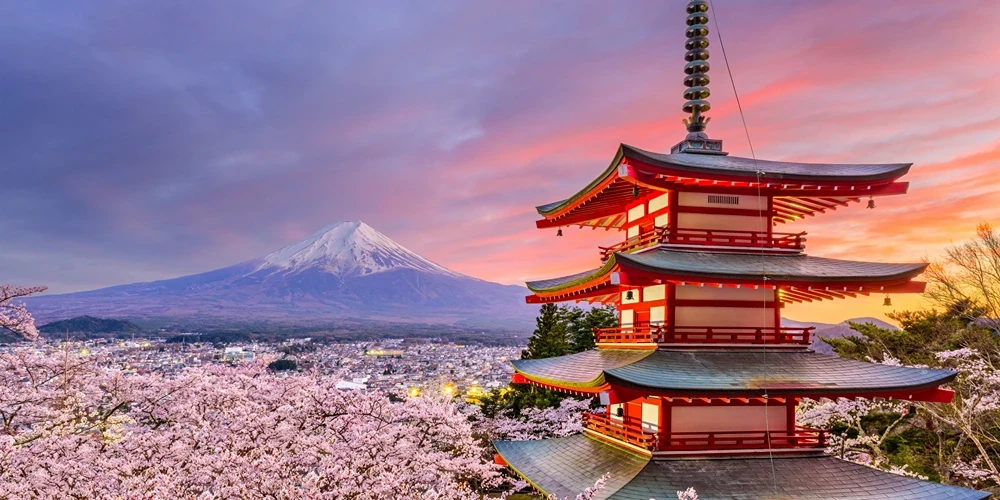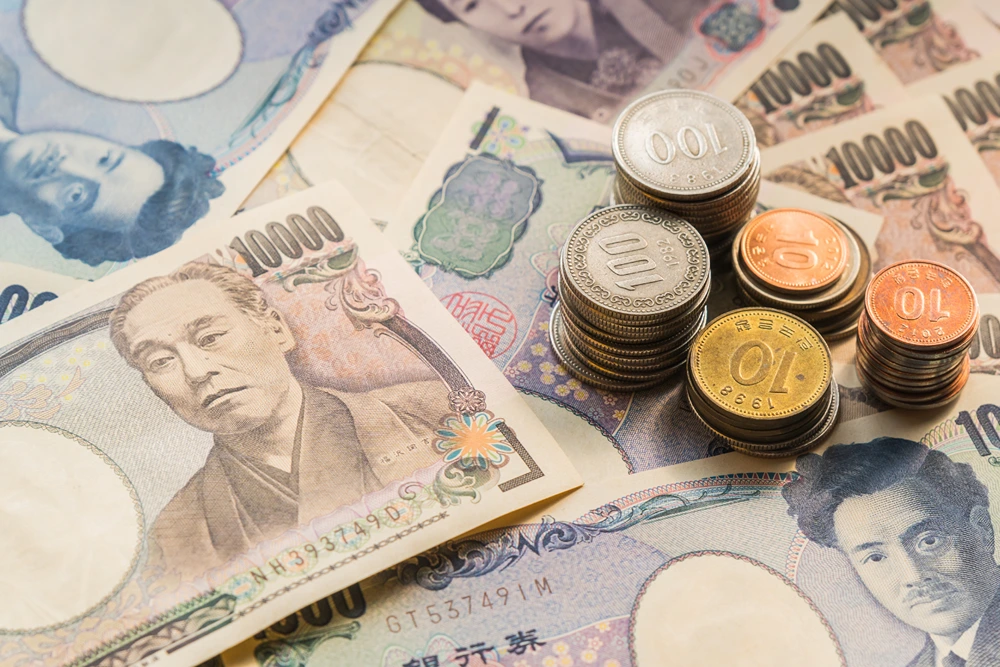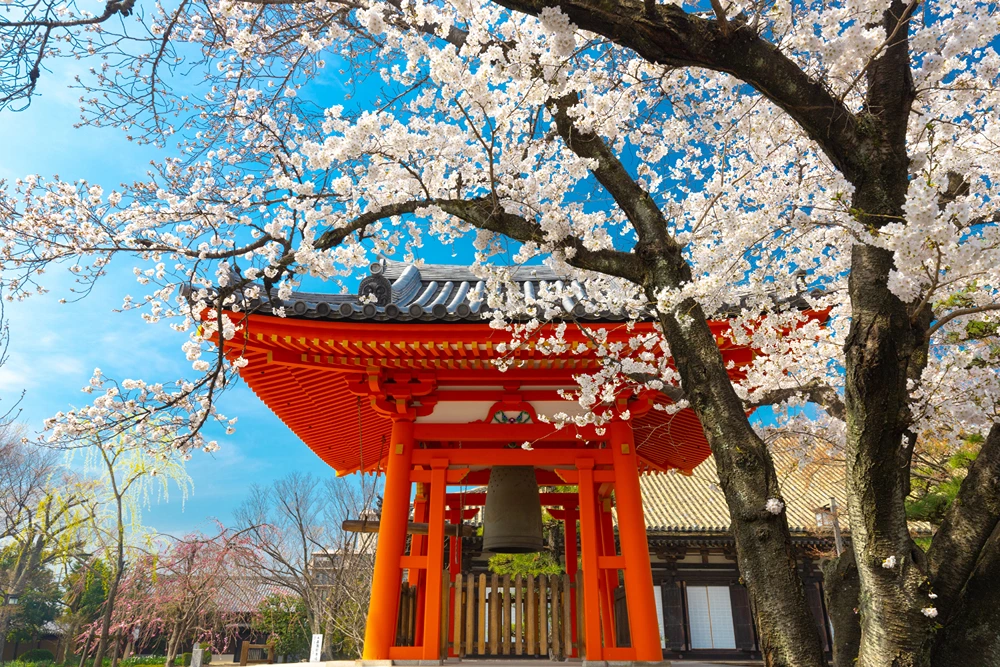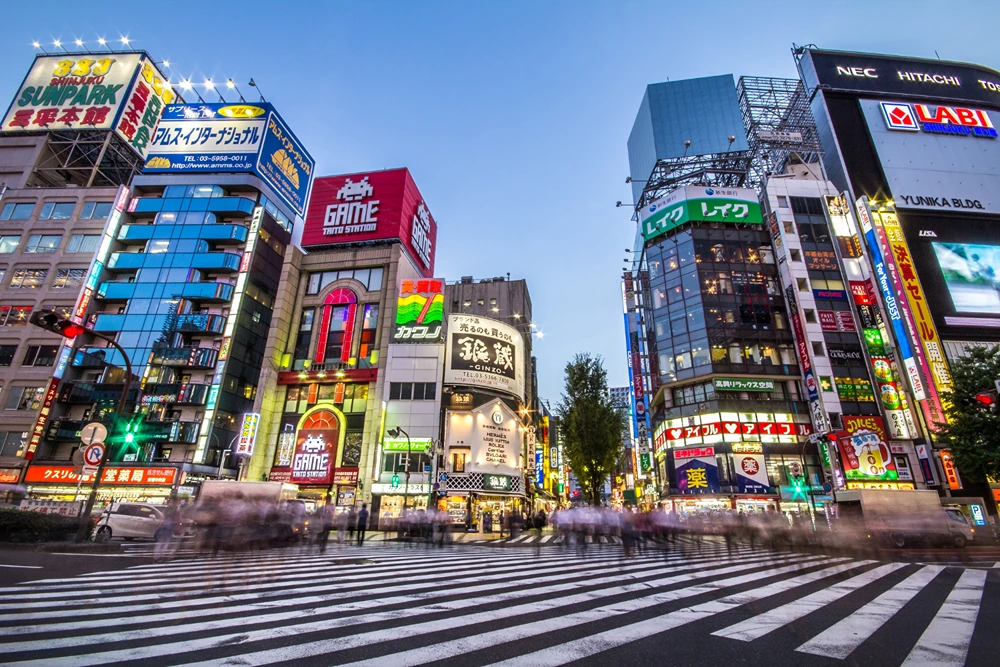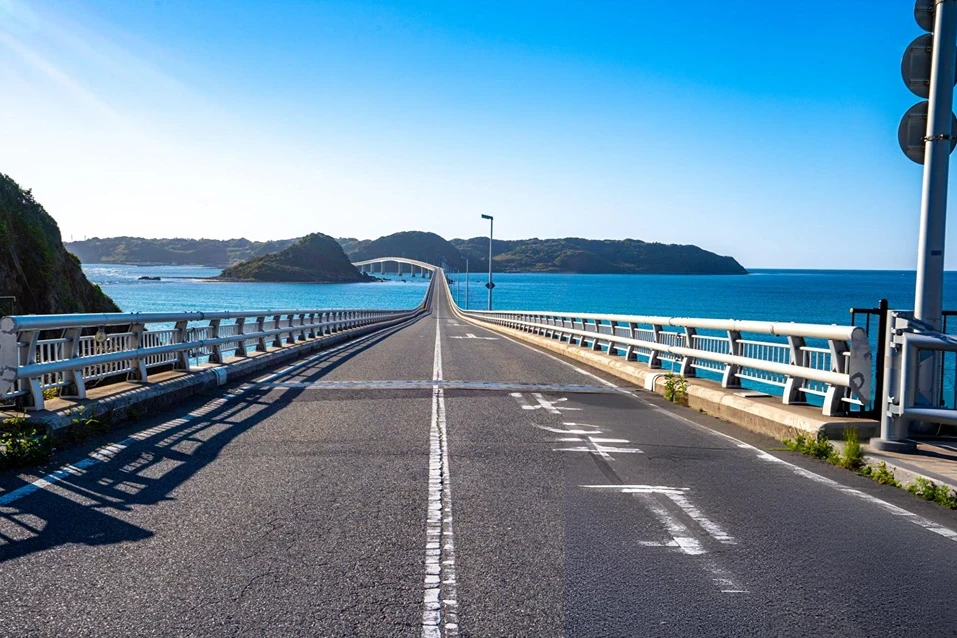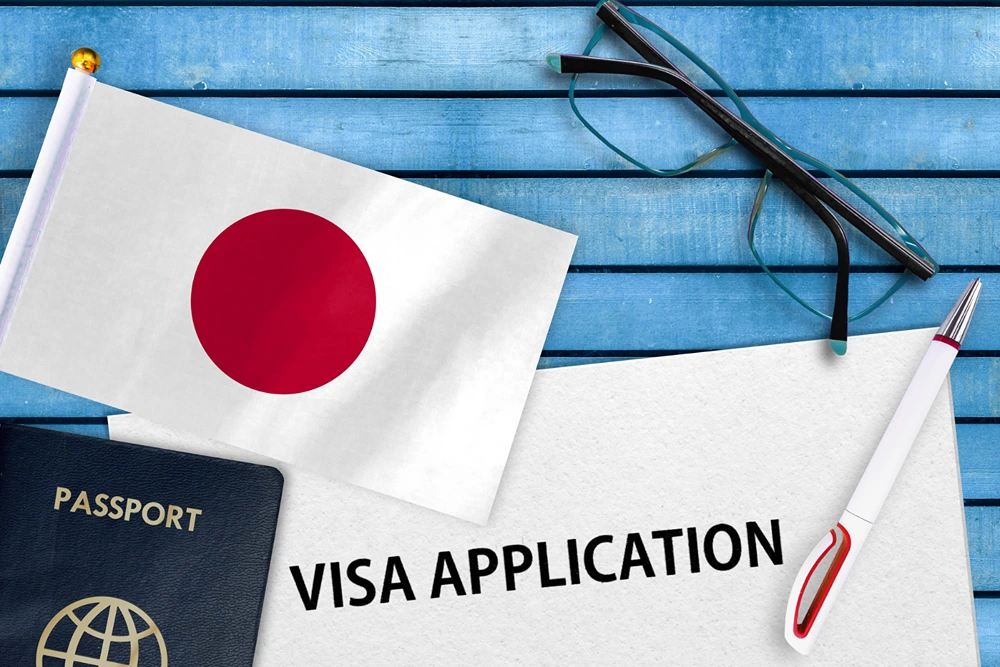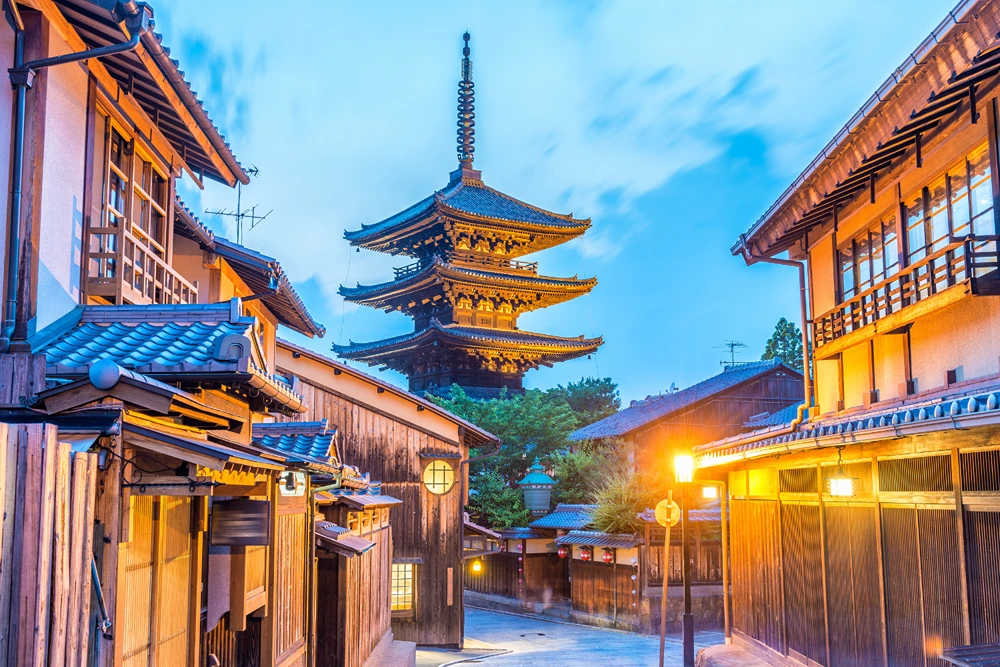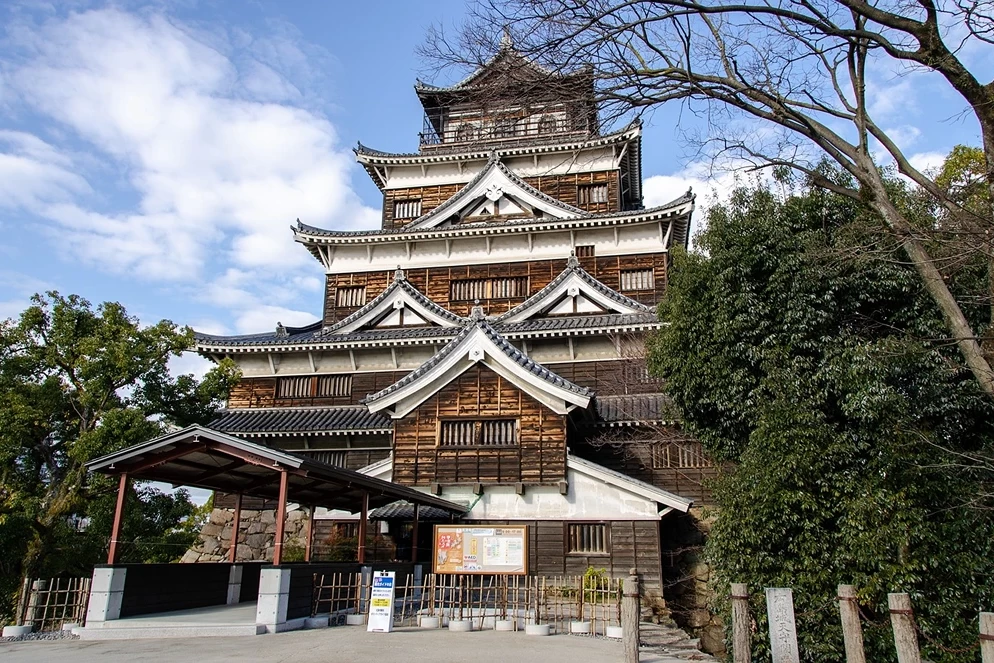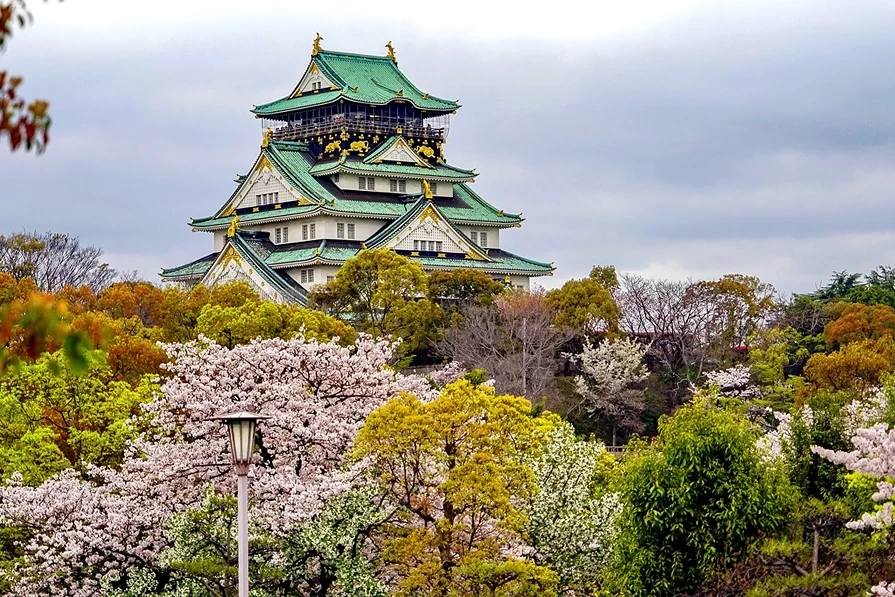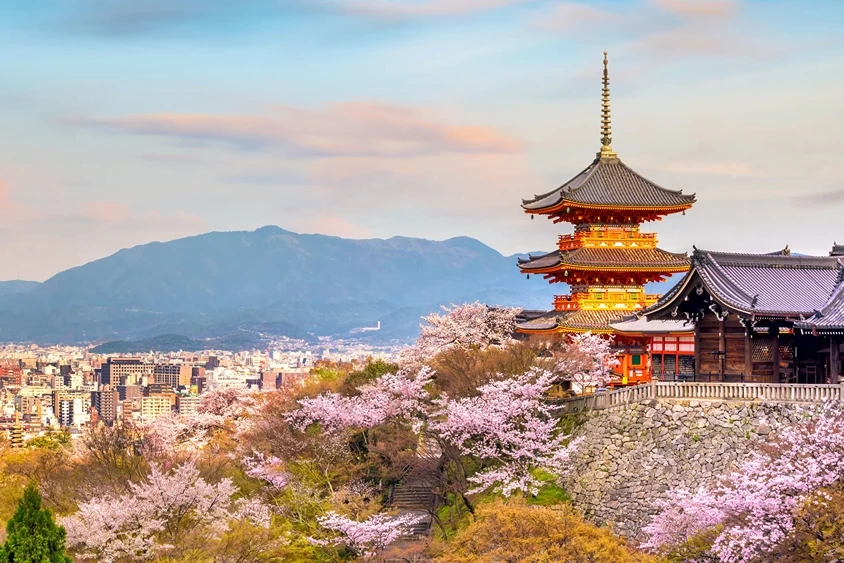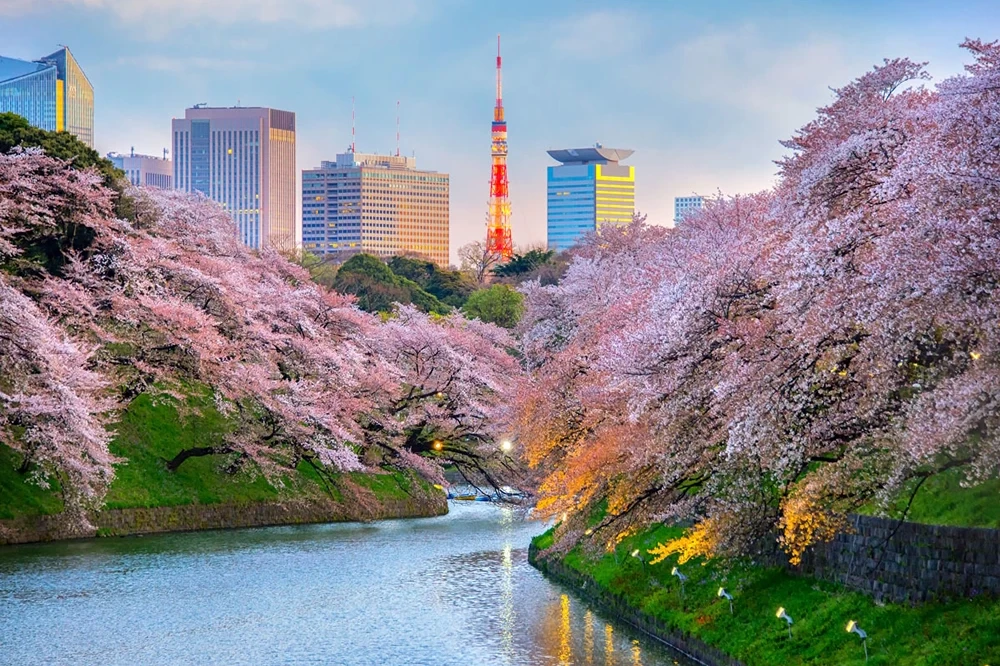Travel Resources
- Cheapest Flights to Japan: Find the best deals on flights to Japan using our flight search tool. Book your tickets and start planning your adventure.
- Japan Rail Pass: For extensive travel within Japan, the Japan Rail Pass can offer significant savings. It provides unlimited travel on JR trains, including most shinkansen (bullet trains).
- Pocket Wi-Fi or SIM Card: Stay connected with a portable Wi-Fi device or a Japanese SIM card. This is crucial for navigation and translation apps.
- IC Card: Get a prepaid IC card (like Pasmo or Suica) for convenient use on public transportation and in many stores.
- Translation App: Download a reliable translation app like Google Translate or Imiwa? to help with language barriers.
- Japan Official Travel App: This free app provides travel information, free Wi-Fi spots, and emergency information.
- Essential Things to Pack: Prepare for your trip with our packing checklist, including appropriate clothing, comfortable shoes, a pocket Wi-Fi device, and a Japan Rail Pass.
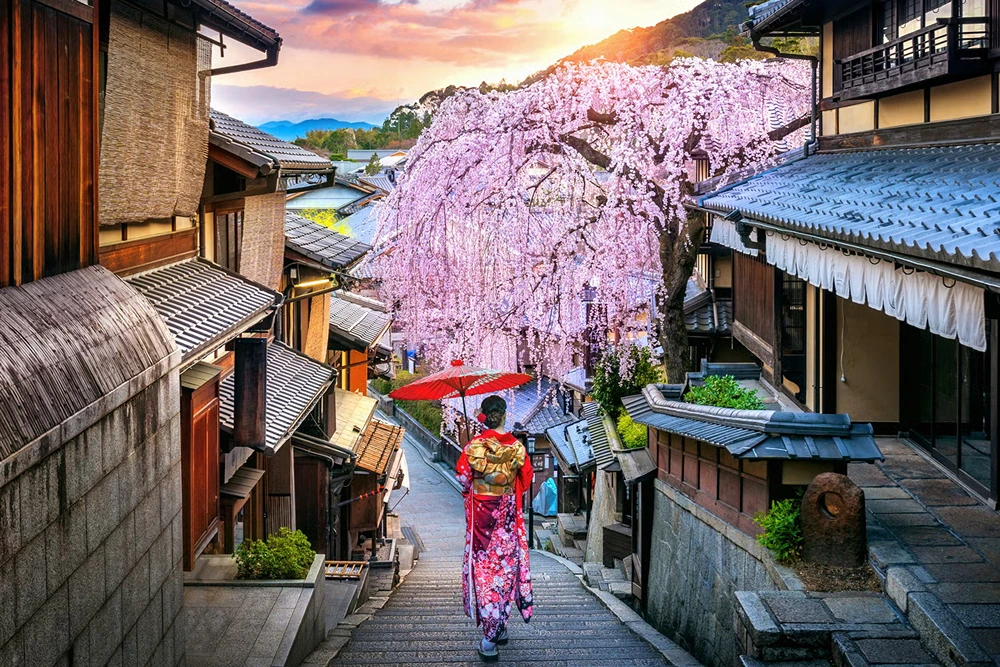
Some History First
Japan’s history spans millennia, shaping its unique culture and traditions:
- Ancient Period (until 710 CE): Japan’s early history is characterized by the Jomon and Yayoi periods, followed by the Kofun period when the imperial line began.
- Classical Period (710-1185): This era saw the emergence of a strong imperial court and the flourishing of Japanese arts and literature.
- Feudal Period (1185-1868): Dominated by the samurai warrior class, this period included the famous shogunates and the isolationist Edo period.
- Modern Period (1868-present): Beginning with the Meiji Restoration, Japan rapidly modernized and became a world power.
Key historical sites to visit include:
- The ancient temples of Nara
- Himeji Castle, Japan’s most impressive feudal castle
- The Hiroshima Peace Memorial
- The Edo-Tokyo Museum for a comprehensive look at Japanese history
Japan Today
Modern Japan is a fascinating mix of the traditional and the ultra-modern:
- Technology Hub: Japan is at the forefront of technological innovation, particularly in robotics, electronics, and automotive industries. Visit Akihabara in Tokyo to experience the latest in tech trends.
- Pop Culture: Japan is the birthplace of manga, anime, and unique subcultures. Explore areas like Harajuku in Tokyo for trendy fashion and Nipponbashi in Osaka for otaku culture.
- Environmental Leadership: Japan is a leader in environmental technologies and has a strong commitment to sustainability.
- Work Culture: Known for its diligent work ethic, Japan is also promoting “work-style reform” for better work-life balance.
Is Japan Safe?
Japan is renowned as one of the safest countries in the world for travelers. Crime rates are exceptionally low, and it’s common to see people using their smartphones on public transportation or leaving their belongings unattended briefly in cafes.
However, travelers should still exercise common-sense precautions:
- Be aware of your surroundings, especially in crowded areas.
- Keep an eye on your belongings in busy tourist spots.
- Follow local customs and etiquette to avoid unintentionally offending locals.
Natural disasters, particularly earthquakes and typhoons, can occur. Familiarize yourself with basic earthquake safety procedures and stay informed about weather conditions during your visit.
Where is Japan?
Japan is an island nation located in East Asia, situated in the Pacific Ocean. It consists of four main islands:
- Honshu: The largest and most populous island, home to major cities like Tokyo, Osaka, and Kyoto.
- Hokkaido: The northernmost main island, known for its natural beauty and winter sports.
- Kyushu: The southernmost main island, famous for its hot springs and active volcanoes.
- Shikoku: The smallest of the four main islands, known for its pilgrimage route of 88 temples.
Japan’s unique geography contributes to its diverse climate, ranging from the snowy winters of Hokkaido to the subtropical beaches of Okinawa.
Latest Articles
From The Area
What is the Best Time to Visit Japan?
The best time to visit Japan depends on your preferences:
- Spring (March to May): The most popular time to visit, famous for cherry blossom season. Peak bloom typically occurs in late March to early April in most of Japan. Temperatures are mild and comfortable.
- Summer (June to August): Hot and humid, with temperatures often exceeding 30°C (86°F). This is the season for impressive festivals, fireworks displays, and climbing Mount Fuji (official climbing season is July to mid-September).
- Autumn (September to November): Another beautiful season with comfortable temperatures and stunning fall foliage. The colorful leaves typically peak in October and November.
- Winter (December to February): Cold in most parts of Japan, with heavy snowfall in the north and Japanese Alps. This is the ideal time for winter sports and enjoying hot springs. The famous snow monkeys of Jigokudani are best viewed in winter.
How to Get to Japan & Around
- Trains:
- The shinkansen (bullet train) network connects major cities at high speeds.
- The Japan Rail Pass can offer significant savings for extensive travel.
- Local and regional trains provide access to smaller towns and rural areas.
- Buses:
- Long-distance buses are a more economical option for intercity travel.
- Local buses are useful for reaching areas not served by trains.
- Subway Systems:
- Major cities have extensive and efficient subway networks.
- Taxis:
- Available in all cities, but can be expensive for long distances.
- In Tokyo and some other cities, you can hail a taxi using apps like JapanTaxi.
- Car Rental:
- Useful for exploring rural areas, but not necessary in major cities.
- International Driving Permit is required for foreign visitors to drive in Japan.
- Domestic Flights:
- Useful for long-distance travel, especially to outlying islands.
- Low-cost carriers like Peach and Jetstar Japan offer competitive fares.
Things to Do in Japan
Japan offers a wealth of experiences for every type of traveler:
- Cultural Experiences:
- Visit ancient temples and shrines: Explore Kyoto’s Kinkaku-ji (Golden Pavilion) or Tokyo’s Senso-ji.
- Participate in a traditional tea ceremony.
- Watch a sumo wrestling match or kabuki theater performance.
- Stay in a ryokan (traditional Japanese inn) and experience onsen (hot springs).
- Nature and Outdoor Activities:
- Climb Mount Fuji (July to mid-September).
- Hike the ancient Nakasendo Trail between Kyoto and Tokyo.
- View the snow monkeys in Jigokudani Monkey Park.
- Cherry blossom viewing (hanami) in spring.
- Modern Japan:
- Explore the bustling streets of Tokyo’s Shibuya and Shinjuku.
- Visit teamLab Borderless, a world-renowned digital art museum in Tokyo.
- Experience the unique world of Japanese arcade games in Akihabara.
- Take a ride on the shinkansen (bullet train).
- Food Experiences:
- Try conveyor-belt sushi (kaitenzushi).
- Take a cooking class to learn how to make sushi or ramen.
- Visit the Tsukiji Outer Market in Tokyo for fresh seafood.
- Experience a traditional kaiseki meal.
- Pop Culture and Entertainment:
- Visit the Ghibli Museum in Tokyo.
- Explore the vibrant cosplay scene in Harajuku.
- Sing your heart out at a karaoke booth.
- Visit a themed cafe (e.g., animal cafes, maid cafes).
- Day Trips and Excursions:
- Take a day trip to Nara to see the famous deer and giant Buddha.
- Visit the historic city of Hiroshima and the nearby island of Miyajima.
- Explore the traditional village of Shirakawa-go, a UNESCO World Heritage site.
Where To Stay In Japan
Japan offers a wide range of accommodation options to suit all budgets and preferences:
- Hotels:
- Western-style hotels are available in all major cities, ranging from budget to luxury.
- Many international hotel chains have a presence in Japan.
- Ryokan:
- Traditional Japanese inns offering a unique cultural experience.
- Often feature tatami rooms, futon bedding, and sometimes private onsen baths.
- Can be found in both cities and rural areas, especially near hot springs.
- Capsule Hotels:
- Unique to Japan, offering small, pod-like rooms.
- Economical option, popular among business travelers and budget tourists.
- Hostels and Guesthouses:
- Budget-friendly options, often with shared facilities.
- Great for meeting other travelers.
- Airbnb and Vacation Rentals:
- Available in many areas, offering a more local experience.
- Be aware of local regulations regarding short-term rentals.
- Temple Stays:
- Some Buddhist temples offer overnight stays (shukubo).
- Provides insight into monastic life and often includes vegetarian meals.
- Love Hotels:
- Short-stay hotels originally designed for couples.
- Can be a unique and sometimes economical option for travelers.
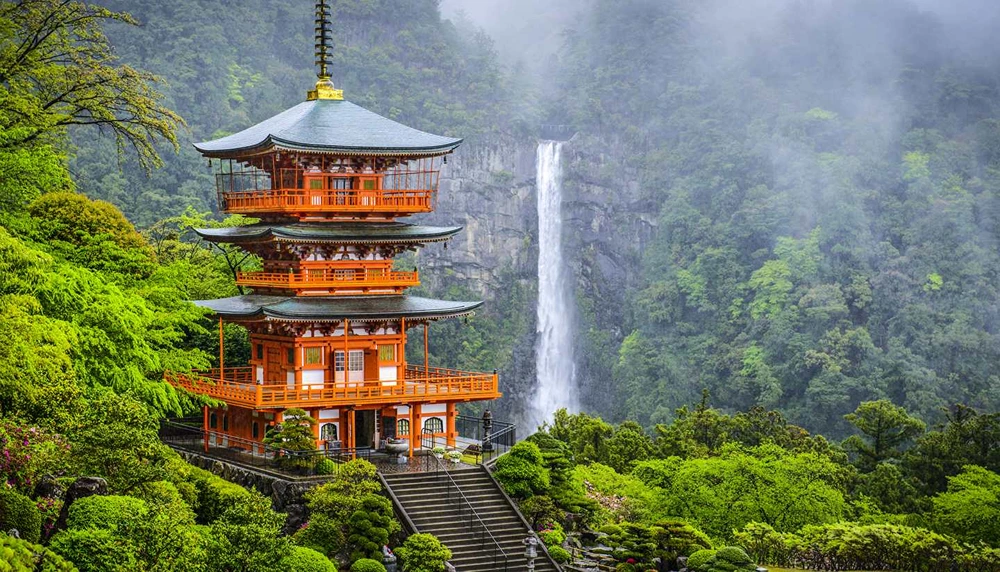
What To Eat In Japan
Japanese cuisine is renowned worldwide for its quality, presentation, and variety:
- Sushi and Sashimi:
- Fresh, raw fish served either on vinegared rice (sushi) or alone (sashimi).
- Try conveyor belt sushi restaurants for a fun and budget-friendly experience.
- Ramen:
- Noodle soup dish with various regional styles.
- Popular chains like Ichiran offer customizable ramen.
- Tempura:
- Lightly battered and deep-fried seafood or vegetables.
- Wagyu Beef:
- High-grade Japanese beef known for its marbling and flavor.
- Okonomiyaki:
- Savory pancake containing various ingredients.
- Especially popular in Osaka and Hiroshima.
- Takoyaki:
- Ball-shaped snack made of batter filled with diced octopus.
- Matcha:
- Powdered green tea used in the traditional tea ceremony and in various desserts.
- Miso Soup:
- Traditional soup made from fermented soybean paste.
- Kaiseki:
- Multi-course traditional dinner, a high-end dining experience.
- Street Food:
- Try yakitori (grilled chicken skewers), taiyaki (fish-shaped pastry with sweet fillings), and more.
Dining etiquette tips:
- It’s polite to say “itadakimasu” before eating and “gochisousama deshita” after finishing.
- Slurping noodles is common and considered polite.
- Tipping is not customary in Japan.
Entry & Exit Requirements
Visa requirements for Japan vary depending on your nationality and the purpose and length of your stay:
- Many countries have visa exemption arrangements with Japan for short-term stays (usually 90 days or less for tourism, business, or visiting friends/relatives).
- Check the Ministry of Foreign Affairs of Japan website for the most up-to-date information on visa requirements for your country.
Key points:
- Ensure your passport is valid for the duration of your stay.
- You may be required to show proof of onward travel and sufficient funds for your stay.
- If you plan to work or study in Japan, you will need to obtain the appropriate visa.
What To Pack For Your Trip
What you pack will depend on the season and your planned activities, but here are some essentials:
- Comfortable walking shoes: You’ll likely do a lot of walking.
- Appropriate clothing for the season:
- Summer: Light, breathable clothing and sun protection.
- Winter: Warm layers, especially if visiting northern Japan.
- Travel adapter: Japan uses Type A and B sockets (100 V, 50/60 Hz).
- Portable Wi-Fi device or SIM card for internet access.
- Cash: While credit cards are increasingly accepted, Japan is still largely a cash-based society.
- Pashmina or light jacket: For visiting temples or restaurants where air conditioning might be strong.
- Small towel: Many public restrooms don’t have hand dryers or paper towels.
- Comfortable socks: You’ll need to remove your shoes when entering many buildings.
- Pocket tissues: Not all public restrooms provide toilet paper.
- Translation app or pocket dictionary.
Remember: Many everyday items can be easily purchased in Japan if you forget something.
FAQs
Tipping is not customary in Japan. Exceptional service is provided without expectation of a tip.
English is not widely spoken, but signage and transportation systems often have English translations.
Credit cards are widely accepted in cities but may not be accepted in rural areas and small establishments.


